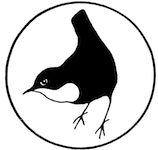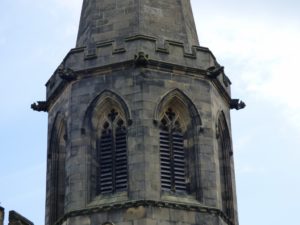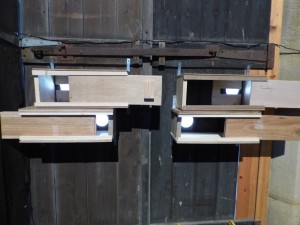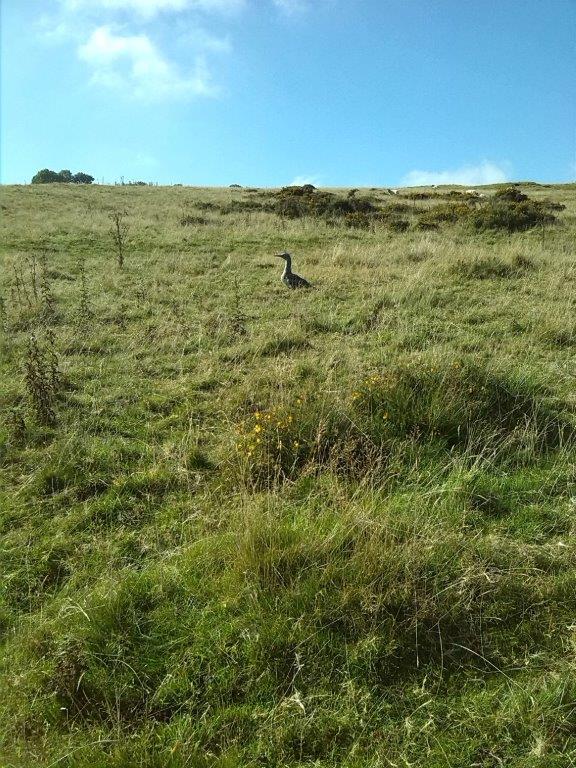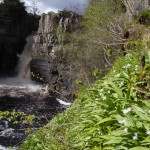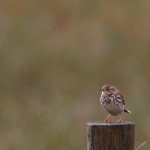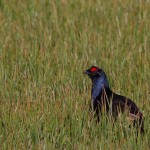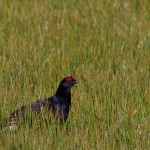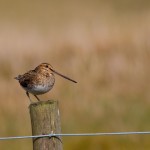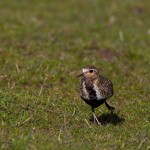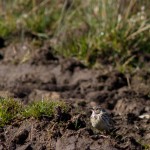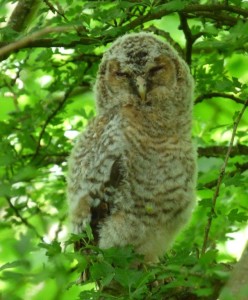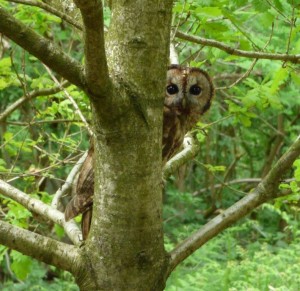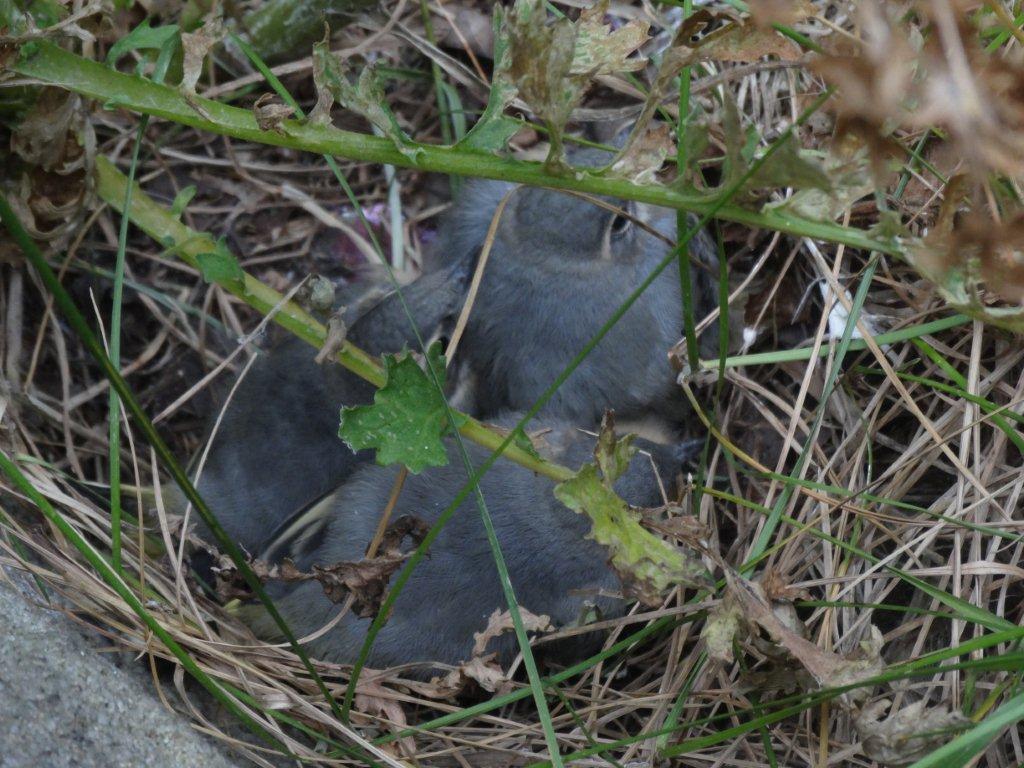The day started a bit cold and misty and due to good planning everyone was picked up and whisked uneventfully to Frampton in around 2 ½ hrs.
While everyone was sorting out their coats and footwear the keen ones were already setting up their scopes and spotting in the field next to the car park, calling out to Dorothy to note down what they were seeing.
The RSPB site at Frampton is a large coastal wetland reserve with a large reed bed and fresh water scrapes. There is a visitor centre where you can buy snacks and hot and cold drinks and chat to the RSPB guides and find out “what’s about”.
We spent the first 1/2hr in the visitor centre before moving out to scan the reed beds. There are 3 good hides which we availed ourselves of and some of the high lights were sighting a Jack Snipe and a Long Billed Dowicher also a great aerial display by a flock of Finches late in the afternoon.
A few laughs were had over the light hearted argument as to whether a particular group of Godwits we were looking at were black tailed or bar tailed or indeed a mixture of the two!
The weather held out and a very pleasant sunny day was enjoyed with 52 different species being recorded by Dorothy.
A well deserved thank you goes to Dorothy for her organisational skills and to Stuart Slack who as ever called out the different species and pointed us all at their locations.
